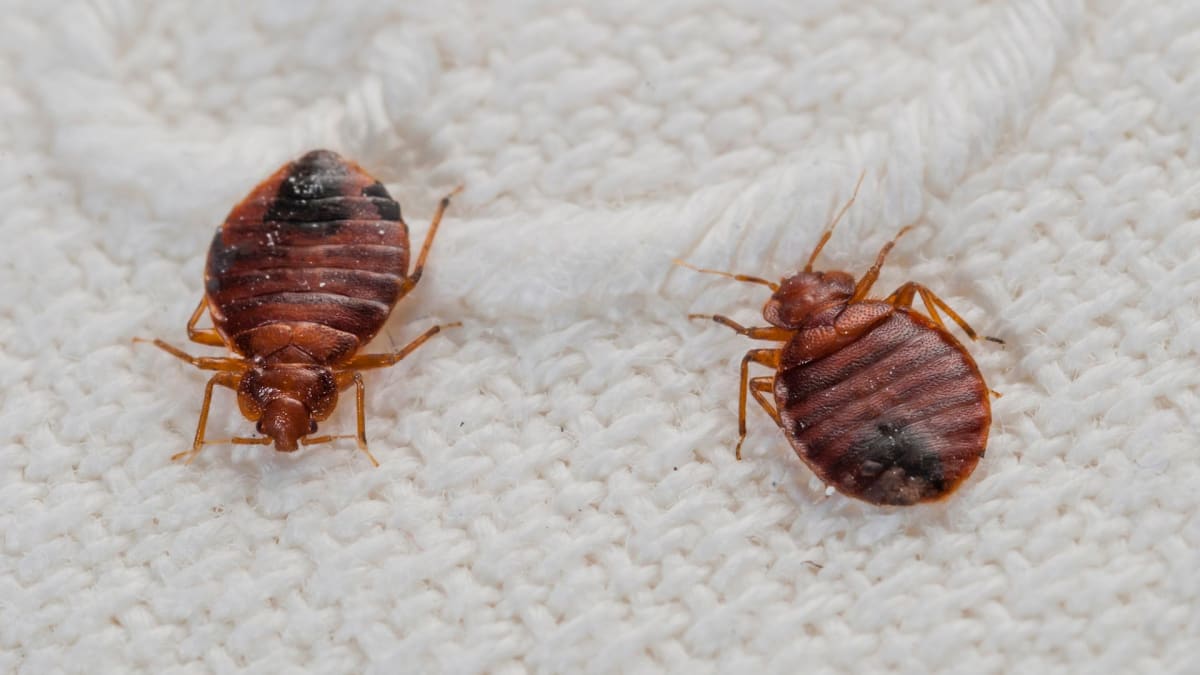Reputable A1 Bed Bug Treatment Houston - Proven Methods
Reputable A1 Bed Bug Treatment Houston - Proven Methods
Blog Article
Comprehending the Lifecycle of Parasites for Targeted Control Techniques
Understanding the lifecycle of insects is an essential element of reliable pest administration techniques. By comprehending the numerous stages of development that parasites go through, a more specific and targeted method can be embraced to control their populaces. This expertise not just sheds light on the susceptabilities within the pest lifecycle yet also leads the way for implementing critical procedures that can disrupt their development and reproduction cycles. With a much deeper understanding of just how parasites progress and thrive, tailored control techniques can be created to address specific factors in their lifecycle, inevitably causing more successful insect monitoring outcomes.
Significance of Comprehending Pest Lifecycle
Understanding the lifecycle of insects is essential for establishing efficient and targeted control techniques in insect monitoring. By comprehending the numerous phases an insect goes with from egg to adult, bug control experts can recognize prone points in the lifecycle where intervention can be most successful.
Moreover, acknowledging the details environmental conditions needed for each and every stage of the parasite's lifecycle can assist decisions on habitat adjustment or exemption techniques to interfere with the lifecycle and minimize bug populations. This expertise allows pest administration professionals to execute proactive steps instead of relying only on reactive therapies, bring about more long-lasting and lasting bug control services. Inevitably, a comprehensive understanding of parasite lifecycles equips pest control experts to tailor their strategies successfully, taking full advantage of and minimizing ecological impacts control end results.
Secret Stages in Parasite Advancement
To successfully implement targeted control methods in parasite administration, a crucial facet depends on thoroughly recognizing and understanding the essential phases in pest advancement. Bug growth usually contains several essential stages that are crucial for their lifecycle and administration. The very first stage is the egg stage, where insects lay eggs that later on hatch out right into larvae. Larvae after that progress into pupae, a phase where they undertake metamorphosis prior to emerging as adult bugs. Recognizing these stages is necessary as it helps in identifying prone factors in the lifecycle where control measures can be most effective.

Vulnerabilities in Parasite Lifecycle
Throughout the numerous phases of an insect's lifecycle, unique vulnerabilities emerge that can be strategically targeted for effective control actions. One important vulnerability hinges on the egg phase, where insects are usually much more prone to certain pesticides or organic control agents as a result of their soft external shell, making them less complicated targets for intervention. Furthermore, the nymph or larval phase presents susceptabilities as bugs undertake rapid development and development, needing high power consumption that can be made use of by interrupting their food resources or read more introducing growth preventions. Pupal phases, identified by immobility and change, offer a window for targeted control with physical obstacles or certain treatments that prevent effective emergence. Ultimately, adult bugs, while more resistant due to their reproductive capacity, can still be prone during mating or egg-laying tasks, which can be disrupted via pheromone catches or sanitation techniques. Comprehending these susceptabilities in the bug lifecycle is important for establishing specific and reliable control techniques that successfully handle bug populaces while decreasing ecological impact.
Executing Targeted Control Actions

Implementing targeted control measures generally involves a multi-faceted approach. This may consist of habitat modification to make the setting less congenial to insects, such as removing standing water for insect control or securing entry factors for rodents. In addition, biological control approaches can be utilized, where all-natural predators or microorganisms are introduced to maintain insect populaces in check.
Chemical control, such as the cautious application of chemicals, is one more typical approach. It is crucial to utilize these materials judiciously to lessen ecological impact and possible harm to non-target types - A1 see post Bed bug Exterminator houston. Integrated Parasite Management (IPM) methods that incorporate numerous control measures in a collaborated and lasting fashion are often the most reliable in attaining lasting pest administration objectives. By implementing targeted control steps based upon a thorough understanding of parasite lifecycles, parasite populaces can be efficiently managed while decreasing threats to human health and wellness and the atmosphere.
Improved Insect Management Practices

Additionally, the consolidation of biological control representatives, such as all-natural predators or virus of parasites, can help in reducing dependence on chemical pesticides and advertise a much more balanced ecosystem. Carrying out physical obstacles and catches can additionally be component of enhanced insect management techniques, using safe and targeted services for pest control. Additionally, the use of pheromones and various other semiochemicals can interrupt pest breeding patterns and interaction, leading to lowered parasite populations in time.
Conclusion
By identifying crucial stages in bug advancement and susceptabilities in their lifecycle, targeted control measures can be executed to decrease parasite populaces. Improved bug monitoring practices can assist reduce the reliance on broad-spectrum pesticides and advertise more environmentally friendly and sustainable pest control techniques.
Comprehending the lifecycle of pests is crucial for developing efficient and targeted control methods in pest management. By comprehending the numerous phases a pest goes through from egg to adult, insect control specialists can determine susceptible points in the lifecycle where intervention can be most successful. Inevitably, a comprehensive understanding of pest lifecycles encourages bug control specialists to customize their strategies successfully, maximizing and minimizing ecological effects control outcomes.
By implementing targeted control steps based on a comprehensive understanding of insect lifecycles, parasite populaces can be properly managed while minimizing threats to human health and the atmosphere.
By identifying essential phases in bug advancement and vulnerabilities in their lifecycle, targeted control actions can be implemented to decrease insect read review populaces.
Report this page